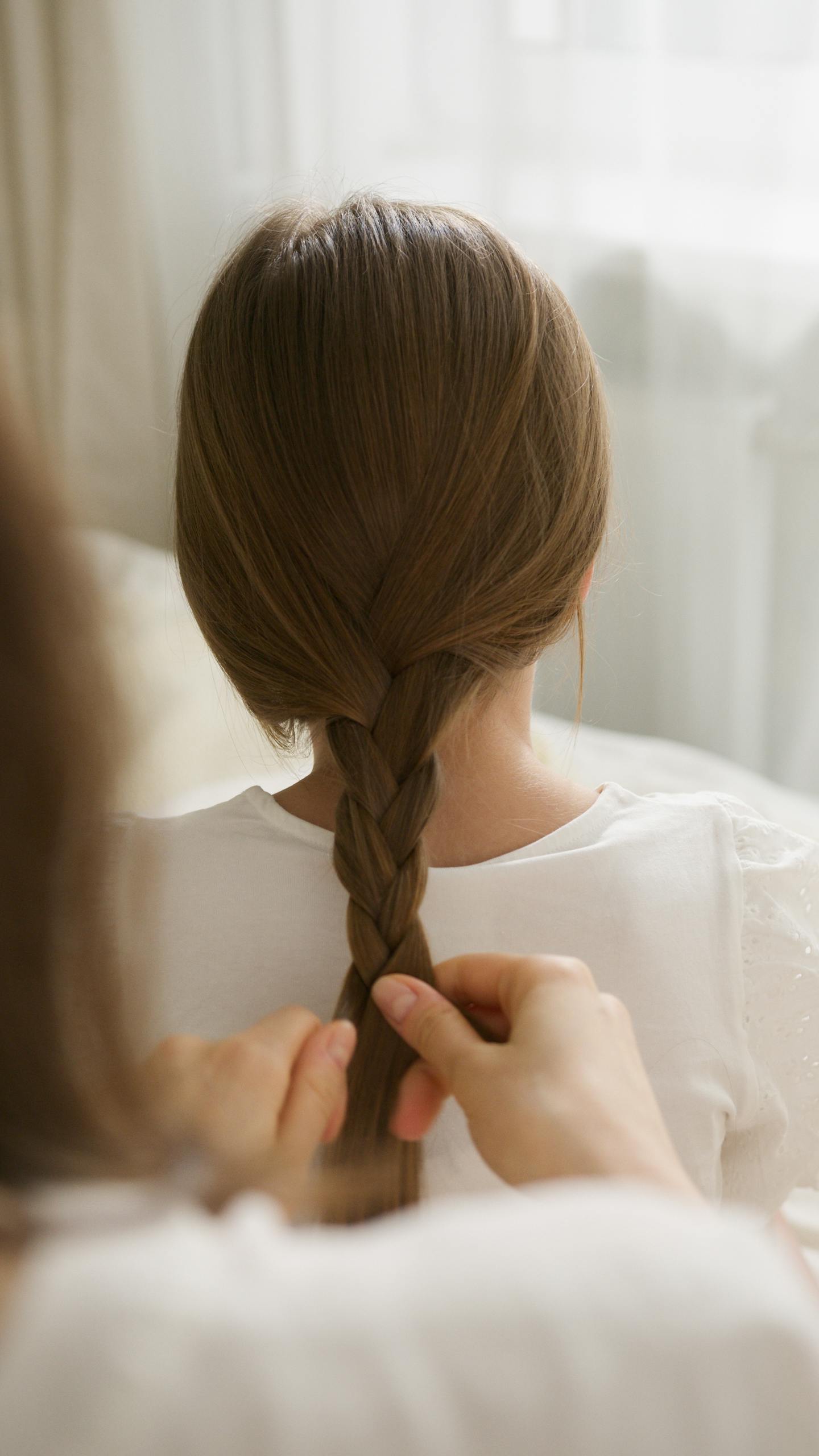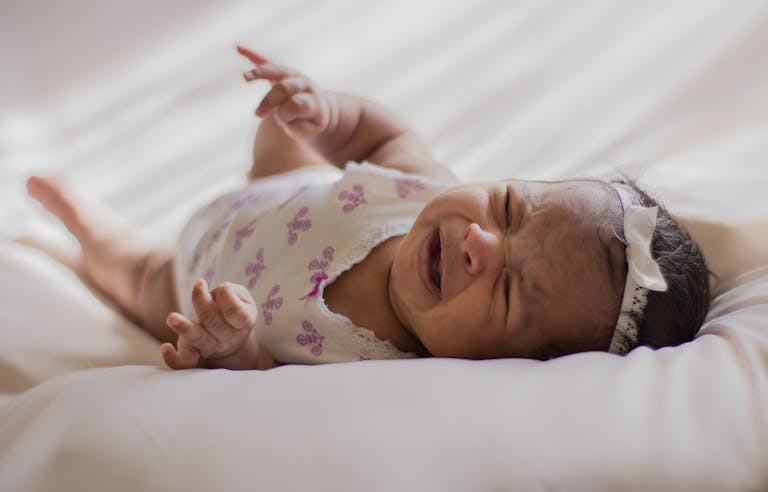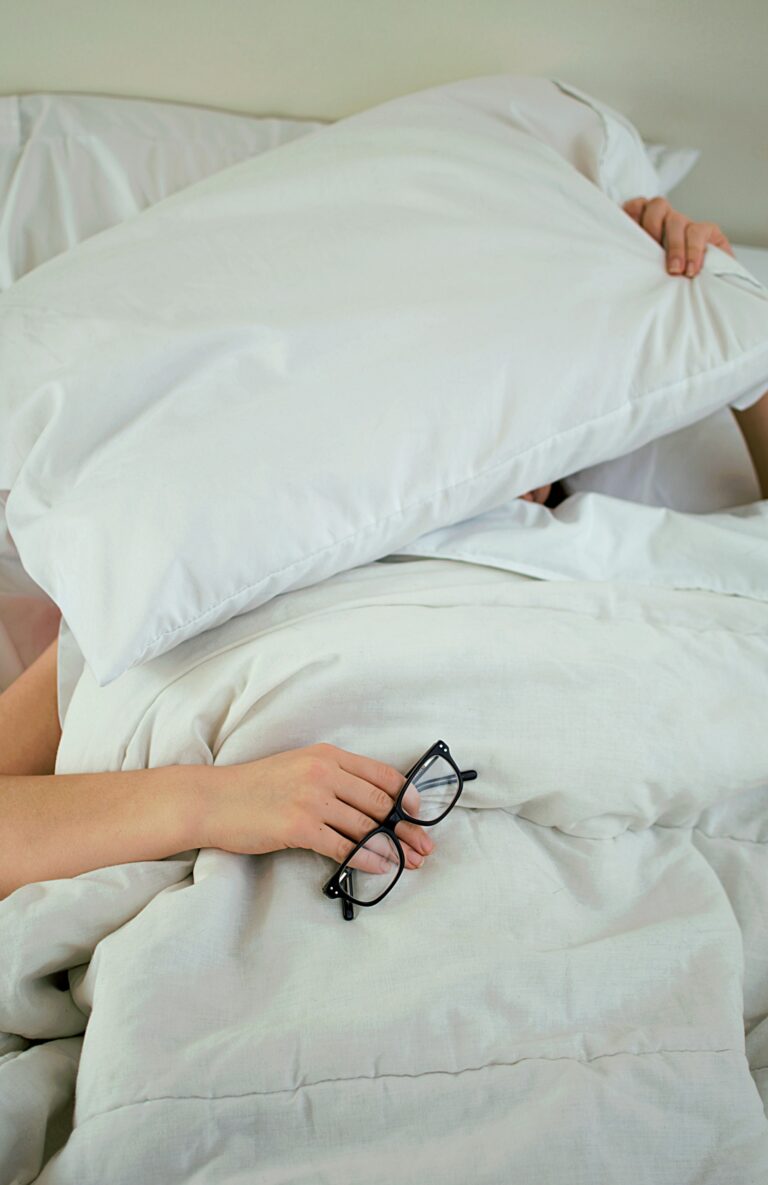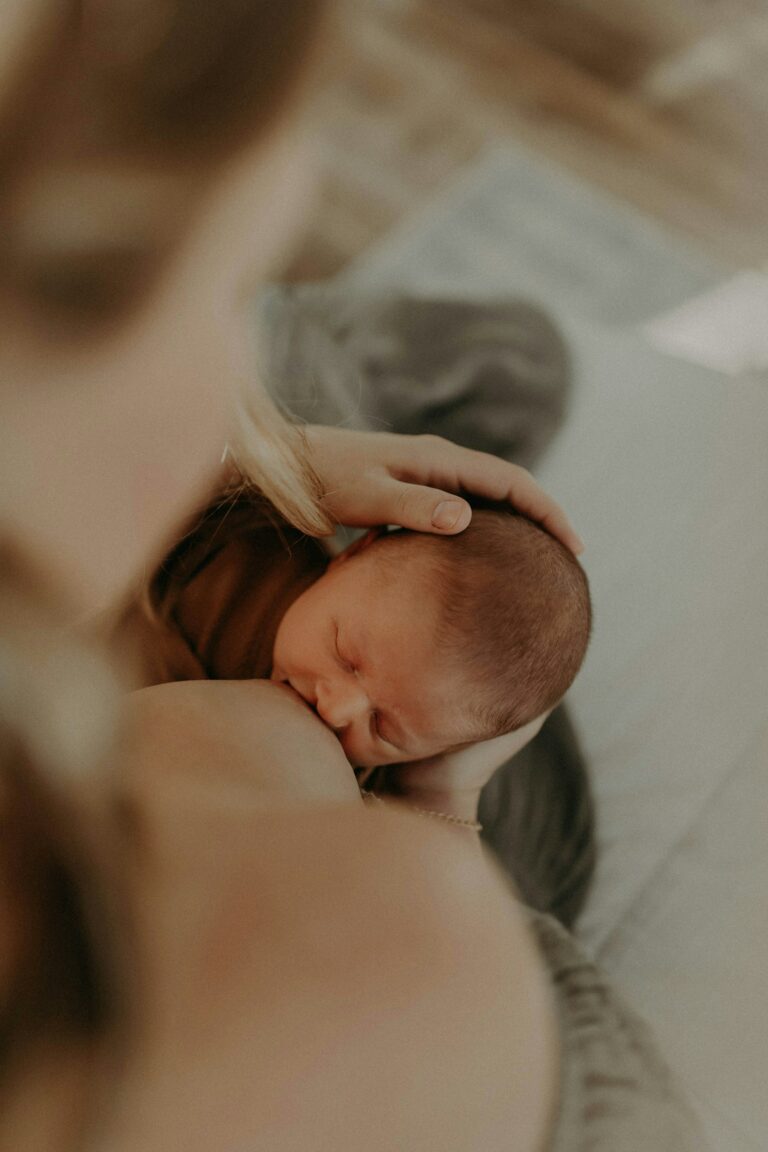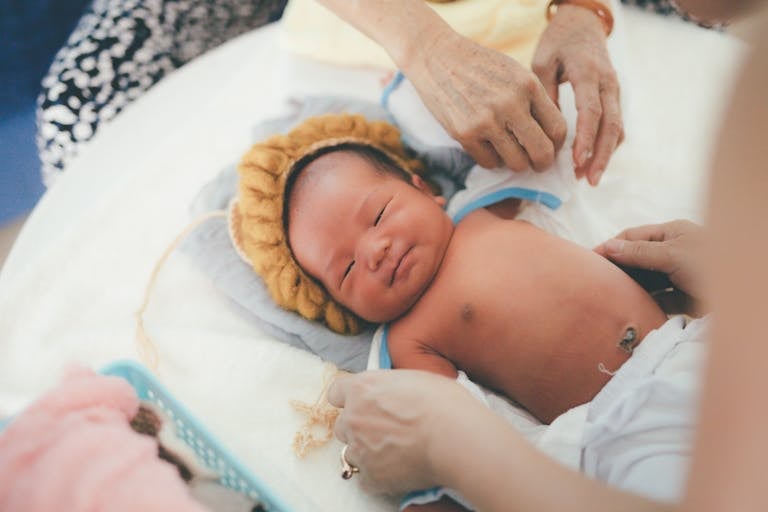Tiny, persistent, and unexpectedly stressful, baby lice can raise a tidal wave of questions in any parent’s mind. Is it just a harmless itch, or is there something more at play under those delicate curls or that soft peach fuzz? You may find yourself running your fingers through your baby’s hair, searching for answers, perhaps feeling a jolt of worry with every scratch. The reality is, even the youngest and seemingly protected little ones are not immune to these relentless visitors. From identifying the first tell-tale symptoms to developing an effective strategy for removal and—most importantly—prevention, the journey can seem daunting at first glance. But rest assured, equipped with clear medical information, gentle techniques, and a bit of practical know-how, you can face baby lice with confidence. Ready to discover the facts, debunk myths, and learn how to keep your child comfortable and your family reassured? Let’s look together—step by step—at what truly matters when dealing with this persistent problem.
Understanding baby lice: more than tiny bugs
At their core, baby lice (also known as nymphs) are neither mysterious nor rare—they’re the earliest stage in the parasite’s life cycle. Emerging from eggs called nits, usually fixed firmly at the scalp, these barely-there hatchlings measure scarcely more than a pinhead (frequently 1.1–1.3 mm) and initially appear nearly translucent or pale in colour. Don’t mistake their size for harmlessness; within 9 to 12 days, those nymphs are set to mature, ready to start laying new eggs and maintain the relentless cycle.
Their entire process is surprisingly structured:
- Eggs (nits): Glued near the scalp for optimal warmth and feeding potential, these are oval and immovable, defying an easy brush-off.
- Nymphs: The so-called baby lice, immediately hungry for human blood and by no means shy about their mission.
- Adults: Similar in every way except size, adults begin the egg-laying routine afresh after their third molt.
One persistent myth deserves gentle correction: lice do not flourish because of “bad hygiene.” Clean hair, oily hair, long, short, straight, or curly—baby lice are equal opportunity settlers. If you’re silently blaming yourself, take a breath. The germs don’t discriminate, and neither do these creatures.
How do babies get baby lice?
You might wonder, does a social baby end up more at risk? Quite possibly. The most common route for baby lice transmission is direct, literal head-to-head contact. Siblings sharing a pillow during story time, quick hugs from caregivers or playmates—sometimes even a fleeting moment in a crowded daycare. While lice cannot jump, leap, or fly, their crawling agility makes distance irrelevant if heads come close enough. They may also hitchhike on personal belongings: hats, combs, towels, bedding—especially if used in quick succession.
Here’s some relief: domestic animals and family pets never play a part in the spread of baby lice. Only human heads will do, making close human interaction the sole gateway.
Recognising the signs: not just an itchy scalp
It looks innocent, perhaps—a bit of scratching. But what should raise a red flag for parents? The chief signs include:
- Persistent itching (often leading to sleep disruption or irritability).
- Redness or fragile, scratched skin, especially in sensitive regions—behind the ears, at the nape, or near the temples.
- Visible nits attached stubbornly about 0.6 to 1 cm from the scalp, refusing to budge when gently pushed along the hair shaft (a classic clue for distinguishing from dandruff, which flakes away easily).
Some babies respond with extra fussiness—if your little one is unusually restless at bedtime or is struggling to settle, inspecting the scalp under good lighting can sometimes reveal the culprits. Occasionally, excessive scratching triggers small bumps, sores, or even mild swelling of the lymph nodes, an indicator of a potential secondary skin infection. If any of these symptoms escalate, seeking healthcare support promptly remains best.
Safe diagnosis at home: practical steps for parents
Armed with light, patience, and a fine-toothed lice comb, you can become your baby’s strongest ally. Here’s a simple, evidence-based routine:
- Choose a well-lit spot, and dampen your baby’s hair (a fine mist or careful wash works).
- Part the hair, focusing on the nape, behind the ears, and temples—areas warm and well-protected where baby lice thrive.
- Gently run the lice comb through section by section, wiping it after every stroke on a white tissue to monitor progress.
- Pay attention to those nits: if they cling immovably, they’re prime suspects; dandruff won’t stand its ground.
A few sessions of this approach are usually enough to confirm—or dispel—suspicions.
The effect of baby lice on infants and families
It starts small, but the impact can ripple outward. When itching persists, small hands can cause more damage, turning minor scalp irritation into tender, open spots. The risk here moves toward secondary bacterial infections (look out for redness, weeping, unusual swelling). Gentle cleaning and avoiding further irritation are a wise priority.
On the family level, reactions may skew toward anxiety or self-doubt—feelings entirely understandable under pressure. Remember, even the most diligent parent can confront baby lice. Compassion, not frustration, paves the way forward. Small, steady actions quickly restore both physical comfort and peace of mind.
Treatment options for baby lice: safety always first
Approaching treatment for baby lice means balancing efficacy with utmost caution, especially for the youngest children whose bodies are uniquely vulnerable. For infants under 2 months, manual removal by wet combing is the only recommended route—chemical treatments are simply not safe at this stage due to skin sensitivity and potential absorption risks.
For babies over 2 months:
- Permethrin lotion 1% stands as the gold standard—readily available, extensively studied, and approved for this age group (but always consult your paediatrician before use).
- For children above 6 months, some doctors may recommend prescription products such as ivermectin lotion—but this, again, always under medical supervision.
You may stumble upon home remedies online—olive oil or diluted vinegar, for instance—claimed to loosen nits for easier combing. While these may soften eggs and help with mechanical removal, no scientific study supports their use as the sole solution. Importantly, products such as mayonnaise, petroleum jelly, or essential oils are not recommended: besides lacking evidence, they may irritate delicate skin or trigger allergic responses.
After treatment, revisit your inspection after 9–10 days. Persistent lice or ongoing discomfort calls for another round of attention—and possibly professional guidance.
Cleaning and protecting your home from baby lice
Once your baby’s hair is treated, attention shifts to their surroundings. Wash clothes, bed linens, and towels last used at over 54°C (130°F), and dry on high heat for at least 20–30 minutes. Plush toys that cannot be immediately laundered can be sealed in a plastic bag for two weeks—a simple but effective way to halt further outbreaks. Combs and brushes deserve soaking in hot water for 5–10 minutes. Routine vacuuming of areas where your child spends time is more than enough; steer clear of chemical sprays and fumigators, as these are unnecessary and may compromise air quality.
Preventing baby lice: habits that make a big difference
Although impeccable hygiene gives no guaranteed shield, certain consistent routines do limit the risk. Refrain from sharing combs, brushes, hats, or towels among siblings. Examine your baby’s scalp regularly—especially after group activities, sleepovers, or daycare visits. For older children, tie long hair back and encourage a little caution during close-contact play. Prompt, calm communication with caregivers or schools in the event of exposure makes an enormous difference in controlling any outbreak.
“No-nit” exclusion policies, sometimes still in use, are discouraged by health authorities: they unnecessarily penalise children whose treatment is already underway. Instead, favour open dialogue and calm reassurance. Every family deserves empathy, not isolation.
The emotional landscape of baby lice
No parent welcomes the news of baby lice, and the first emotions are often a tangle of frustration, embarrassment, or worry. It’s natural—this reaction springs from love and protectiveness. What matters is what happens next: address the situation with composure, reassure your child, and remember that no one is ever to blame for an unexpected visitor like this.
Sustained communication—honest and practical—with others in your support network, from caregivers to medical professionals, helps smoothen the path to resolution. Patience and kindness, both toward your child and yourself, foster a household environment where challenges are faced together rather than with shame.
When medical attention is the right next step
Occasionally, symptoms may step outside the standard frame. Call your healthcare provider if you spot:
- Redness, swelling, or oozing on the scalp—signs that infection may have taken hold.
- Live lice or new nits even after a full treatment cycle (usually 8–12 days post-treatment).
- Rash, hives, or discomfort from any applied product (possible allergic reaction).
- Continuous distress or severe irritation, even with appropriate removal practices.
For infants under two months, always seek a paediatrician’s approval before beginning any form of intervention.
Key takeaways
- Baby lice pose no threat to hygiene reputations: any child with hair, regardless of washing routine, may be affected.
- Spot signs early—persistent itching, irritability, redness, especially at the scalp’s warmest spots.
- For babies under two months, safe removal means wet combing only—strictly avoid chemical treatments.
- For babies over two months, select medically approved products—always respecting age and skin sensitivities.
- Clean bedding, clothes, and comfort items in hot water; soft toys benefit from well-timed isolation in a sealed bag.
- Disregard unproven remedies like mayonnaise or essential oils—they offer no reliable benefit and may cause harm.
- Face the challenge with care and balance, free of guilt or panic; your empathy calms the process for all.
- Rely on healthcare guidance whenever the situation lingers or symptoms worry you.
- For personalised, up-to-date health advice, and to access free child health assessments, consider downloading the Heloa app.
Questions Parents Ask
Can babies get lice even if they have very little or fine hair?
Certainly. Baby lice are masters at adapting—thick, fine, short, or even the softest newborn fuzz provides enough surface for them to cling. Just a moment of contact with an infested person is often all it takes. Hair texture or density doesn’t provide an escape route for these determined crawlers.
Are baby lice visible to the naked eye, or are they too small to see?
A common worry! While baby lice are incredibly tiny—think the head of a pin—they’re not invisible. With good lighting and a systematic parting of the hair, especially behind the ears or at the nape, they can be detected. Patience and a fine-toothed lice comb turn investigation into reassurance, as the pale, nimble nymphs can be spotted without magnifying glasses.
How do I safely remove lice eggs (nits) from my baby’s hair?
Nits remain tightly attached to the hair, far more stubborn than mere dandruff. The safest method, particularly for younger infants, is manual removal. Dampen your baby’s hair, apply a modest amount of conditioner to improve comfort, and section the hair under bright light. Slide a fine-toothed lice comb through each section, gently and methodically. Some eggs may hatch days apart, so repeating the process increases success. Gentle care always comes first—your baby’s comfort stands above all.
Further reading:

